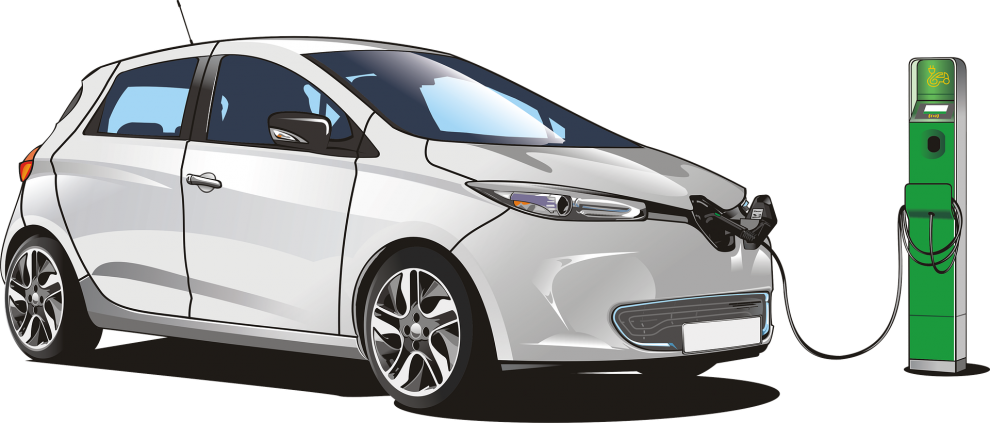The German government is increasing its subsidy allocation for EVs by € 3000 to € 6000
Gas stations in Germany will have to compulsorily install charging systems for electric vehicles (EVs) according to the country’s € 130 billion pandemic stimulus package announced recently. Also, the German government is increasing its subsidy allocation for EVs by € 3000 to € 6000 for cars costing less than € 40,000.
These new measures bode well for increasing the EV adoption in the country which is a hub for some of the world’s biggest automakers and automobile companies.
According to a Reuters report, fewer than 2% of the cars sold in Germany last year were electric. Almost 32% cars sold were diesel engine vehicles and 59.2% cars sold were petrol vehicles in Germany the same year.
Range anxiety is the primary factor dampening the adoption of EVs in Germany, as is the case world over. Range anxiety is the fear of the EV running out of charge mid distance during a journey. Due to the lack of charging stations and low and mid-range of vehicles, range anxiety amongst EV users has still not been adequately tackled world over. This new law mandating EV charging to be made available at all gas stations is a move to mitigate and eventually eradicate range anxiety amongst EV owners.
This new move will increase the prevalence of public charging stations for electric vehicles across the country. However, studies show that Germany may need more charging infrastructure for EVs in order for the adoption of electric and battery operated vehicles to become mainstream.
According to Reuters, Germany has 14,118 gas stations. But it will need approximately 70,000 charging stations and 7,000 fast chargers to obtain large scale adoption in the mainstream market.
AC (alternating current) charging is the simplest type of chargers that are prevalent for EVs. Most residential, commercial and official establishments install level two AC chargers. The AC charger supplies energy to the on-board charger of the EV, converting AC to DC in order to enter the battery. On the contrary, DC (direct current) fast charging omits all the drawbacks of on-board charger including the need for AC to DC conversion. DC fast chargers provide DC power directly to the battery where the charging speed has the potential to be much faster.
As on March 2020, Germany was home to 27,730 electric car charging stations.
This is a positive step for Germany where VW (Volkswagon), BMW and Daimler are headquartered. Many huge automakers are investing in electric vehicle technology and are slated to roll out models in the coming years. To top things off, Tesla, the world’s foremost electric car pioneer and proponent, is in the process of establishing its first European Gigafactory in Germany near Berlin.
Last year, German Chancello, Angela Merkel established a goal of setting up one million charging stations across Germany by the year 2030. Apart from Germany, France has also included EV promotion in their post-COVID recovery strategy. In a recent press conference, French president Emmanuel Macron announced an 8 billion euro recovery incentive package with the aim to “make France Europe’s top producer of Clean Vehicles.”














Add Comment